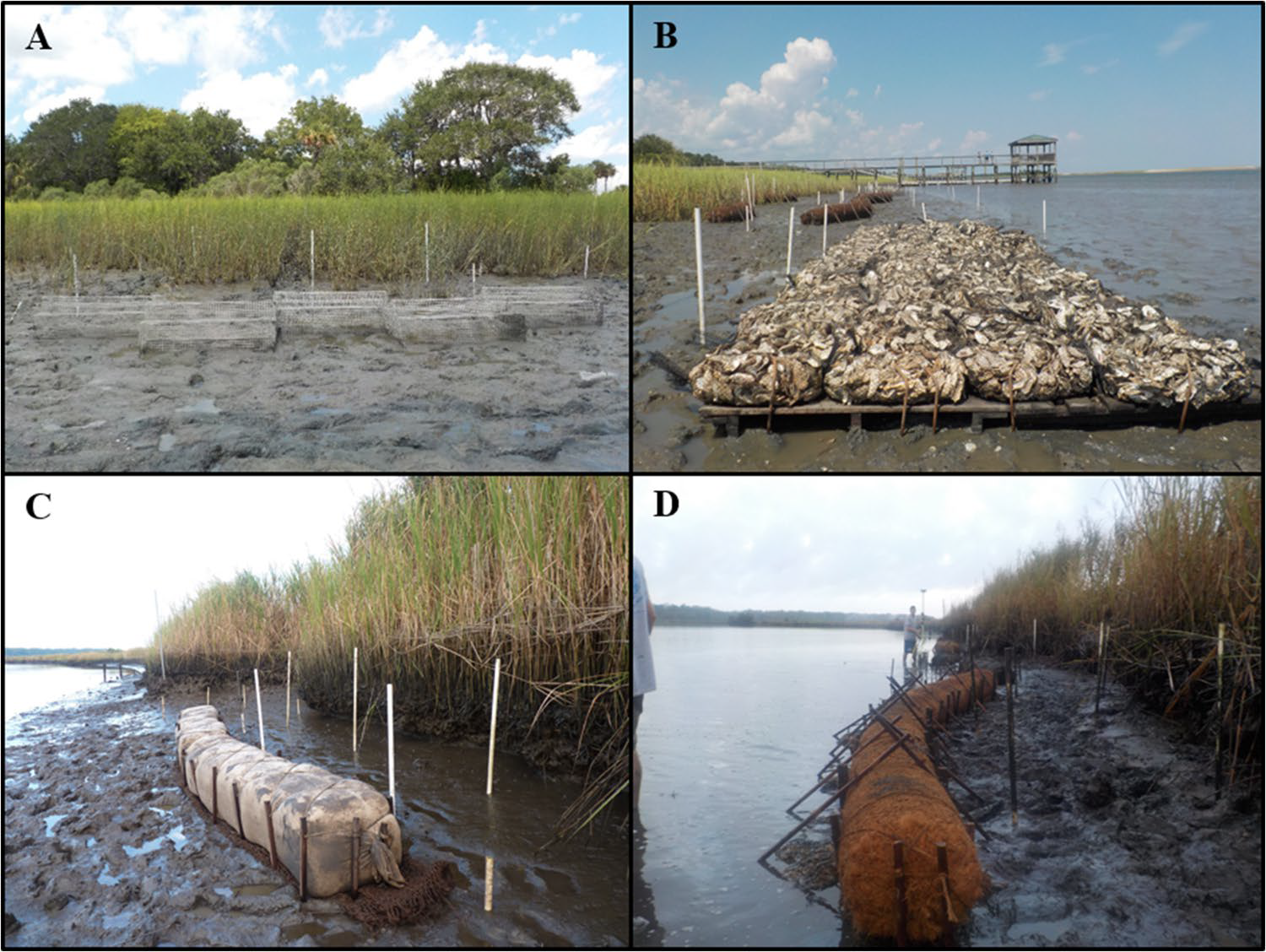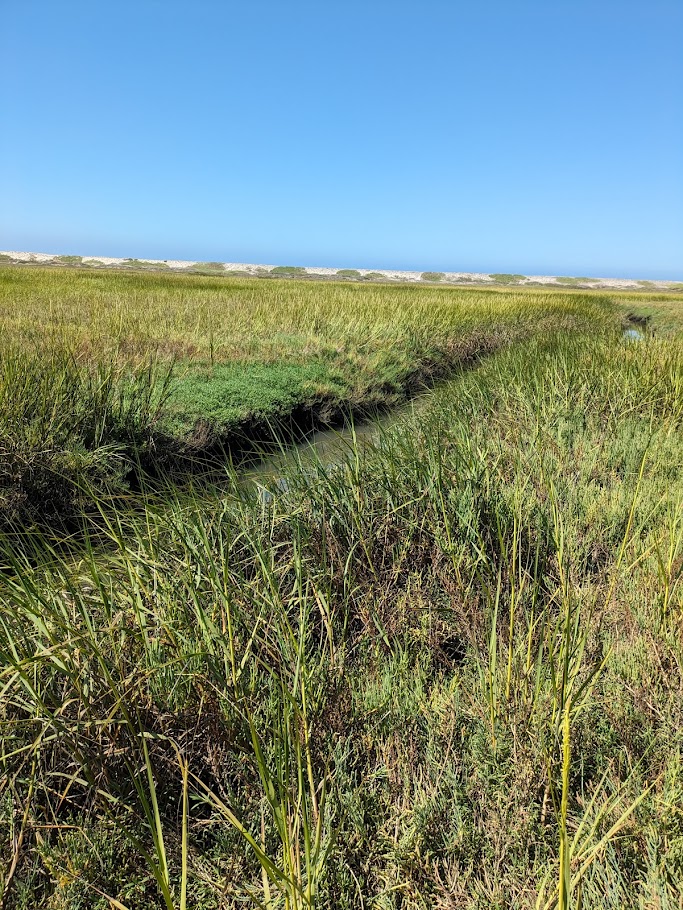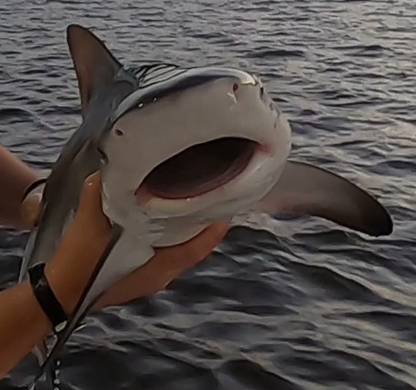- About
- Affiliates
- Join
- Publications
- Estuaries and Coasts
- CERF's Up! Quarterly Bulletin
- Coastal & Estuarine Science News (CESN)
- CERF-Lit
- Advertising
- Programs & Events
- Inclusive Culture
- Communities
Coastal & Estuarine Science News (CESN)The mission of Coastal & Estuarine Science News (CESN) is to highlight the latest research in the journal Estuaries and Coasts that is relevant to environmental managers. It is a free electronic newsletter delivered to subscribers on a bi-monthly basis. Sign up today! 2025 Issue 3Table of ContentsMacroinfauna Recovery After the Deepwater Horizon Spill
Where Else Can Living Shorelines Be Useful? The Blob is a Harbinger of Things to Come Macroinfauna Recovery After the Deepwater Horizon Spill Heavily oiled marshes will likely require more than a decade to recover, if at all
Diversity and abundance of macroinfauna were low in the early recovery stage across all marshes. Community structure at heavily oiled sites was much different than both reference and moderately oiled sites in all three stages, particularly during the middle recovery period when abundance and diversity peaked. In contrast, community structure at moderately oiled sites differed from reference sites during the middle recovery period, but not by the late recovery period. The authors suggest that macroinfaunal communities in moderately oiled sites can recover in terms of species composition and abundance (relative to reference sites) in about eight years post-spill. However, macroinfauna in heavily oiled sites will take more than a decade. In fact, three of the heavily oiled sites were along the marsh edge in places that experienced severe oil-induced erosion and were permanently lost to open water. Changes in macroinfaunal communities likely affected ecosystem-level processes, particularly given that plants suffered near-complete mortality in heavily oiled marshes and exhibited reduced above- and belowground biomass in moderately oiled marshes. Source: Pant, M. et al. 2025. Recovery of Saltmarsh Macroinfauna After the Deepwater Horizon Oil Spill. Estuaries and Coasts. DOI: 10.1007/s12237-025-01520-5 Image: Sampling the plots / David Johnson Where Else Can Living Shorelines Be Useful? An experimental comparison of shoreline designs
To help guide the creation of oyster reef habitat, researchers in South Carolina investigated the performance of four types of living shoreline materials: bagged oyster shell reefs, cement-coated manufactured wire reefs (MWRs, modeled after crab traps), and two natural fiber treatments including coir logs made of coconut fibers and blocks composed of aspen fibers encased in a knit fabric. These were deployed at a dozen sites encompassing a broad range of shoreline conditions along the state’s coast—including previously avoided areas with steep banks, very fine substrate, or high wave exposure. The sites were monitored for six years. The fiber-based treatments performed poorly, getting lost or becoming deteriorated at all the sites within two years. The bagged oyster shells and wire reefs largely persisted and supported oysters, with bagged shells performing the best while requiring the least amount of maintenance. Protected marsh areas behind those oyster-supporting treatments increased in elevation, experienced less marsh erosion than controls, and, in some cases, exhibited lateral marsh expansion. The best-performing treatments were in areas with moderately steep bank slopes, in substrates that were less than 85% silt and clay, and installed within three meters of the marsh edge and above the bottom of the tidal frame. Sites meeting all of these criteria showed several meters of marsh expansion within five years. Site selection, material choice, and the placement of materials within the tidal frame all influence the effectiveness of living shorelines. Additionally, the results from this work showed that oyster reefs could thrive under a broader range of bank slopes than initially thought. Side-by-side comparisons are extremely useful, and these results have already been used to provide installation guidance and in the development of new regulations adopted by the state. Source: Tweel, A. et al. 2025. Investigating the Effects of Site Characteristics and Installation Material Type on Intertidal Living Shoreline Performance in Coastal South Carolina, USA. Estuaries and Coasts. DOI: 10.1007/s12237-025-01515-2 Image: (A) Manufactured wire reef, (B) bagged shell reef, (C) blocks of aspen fibers, (D) coir log treatment / The Authors The Blob is a Harbinger of Things to Come Using a marine heatwave to understand habitat responses
Despite spanning 600 kilometers, all three estuaries showed a rapid, sharp decline in Salicornia, particularly at lower elevations. In the Tijuana River Estuary, areas of Salicornia dieback were initially colonized by the low-marsh dominant, California cordgrass (Spartina foliosa). In the other two systems, which did not have Spartina, low Salicornia marsh areas were converted to mudflat. Although Salicornia began to recover after tidal inundation decreased, it did not reach pre-Blob levels in any of the estuaries before the end of the study period. These case studies revealed how sensitive tidal marshes are to sea–level changes. They also show the value of long-term monitoring for detecting ecotone shifts along with other habitat responses to sea level changes. Source: Uyeda, K.A. et al. 2025. Increases in Sea Level Associated with a Marine Heatwave Drive Tidal Marsh Habitat Shifts. Estuaries and Coasts. DOI: 10.1007/s12237-025-01530-3 Image: Salicornia pacifica and Spartina foliosa in the low marsh at the Tijuana Estuary / Kellie Uyeda How Juvenile Bull Sharks Respond to Freshwater Input Implications for flow restoration in Florida
The abundance of juvenile bull sharks was most strongly associated with salinity. The highest abundances were observed during the wet season, especially in the bay with the artificially enhanced freshwater flow and lowest minimum salinity. Juvenile sharks were most abundant at salinities around 5 PSU and decreased with increasing salinity up to 10 PSU. Temperature affected abundance but to a lesser degree; catch rates were higher with rising temperatures, peaking at 27oC. Restoration will likely raise salinity in the artificially freshwater enhanced bay, potentially reducing its appeal. These findings show that identifying and then managing for factors such as salinity can help drive species abundance—in this case, determining suitability for juvenile bull sharks based on freshwater flow. More generally, they provide support for the need to assess impacts of large-scale ecosystem restoration projects on wide varieties of taxa, as there could be unexpected consequences for species outside the restoration’s initial scope. This is particularly important for upper trophic level species that may not be considered in initial restoration outcomes. Because large predators can have cascading impacts on their prey and ecosystems, understanding how they’re impacted by climate change and human actions will help make better predictions about how to manage these systems. Source: Zikmanis, K. et al. 2025. Legacies of Ecosystem Modification: Factors Affecting Long‑Term Variation in the Abundance of Juvenile Bull Sharks in a Subtropical Estuary. Estuaries and Coasts. DOI: 10.1007/s12237-025-01508-1 Image: Bull shark sampling / Kristine Zikmanis |



